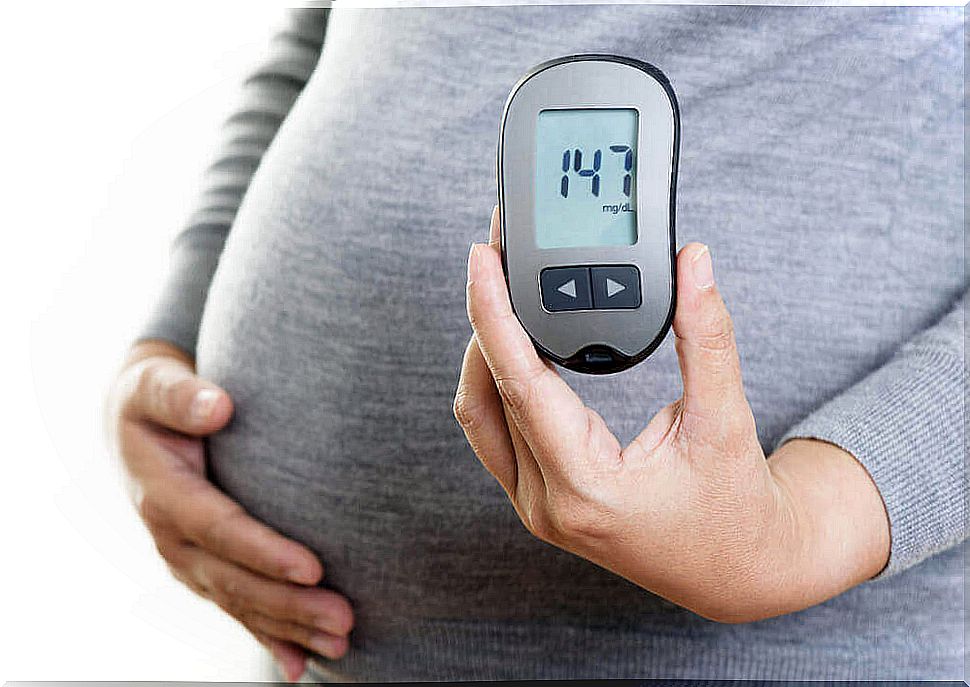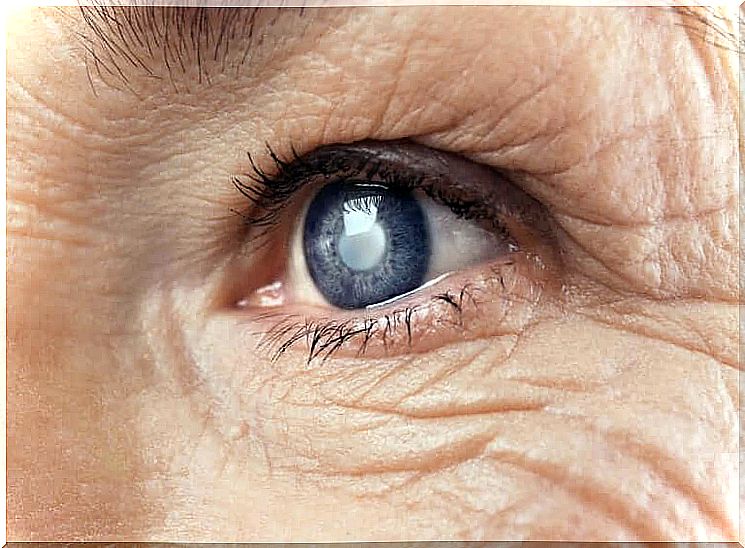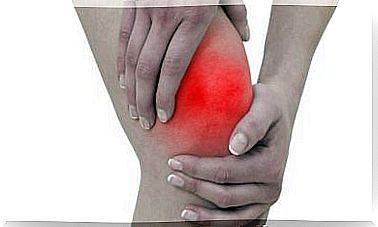What Is Hyperglycemia?
Hyperglycemia is an elevated blood sugar level. Diabetes is not the only cause, but it is the most common. In today’s article you will learn all there is to know about this topic.

Hyperglycaemia is the specialist term for high blood sugar levels. After a meal with foods containing glucose, the blood sugar level increases physiologically. Glucose is food for the cells, but if the concentration in the blood is permanently increased, a pathological problem arises.
If there is an increased blood sugar level, this is usually associated with a disturbance in the insulin level. Insulin is a hormone that regulates the uptake of glucose by the body’s cells.
The right blood sugar level
Blood sugar levels are considered normal when the fasting glucose level is between 70 and 110 mg / dL. If the values are between 110 and 140 mg / dl, one speaks of glucose intolerance, which can be described as an intermediate stage between normal and excessively high values.
If the values exceed 140 mg / dL several times or 200 mg / dL once, diabetes is present. Hyperglycemia is the leading symptom of diabetes mellitus.
Causes of Hyperglycemia
As mentioned briefly, the most common cause of hyperglycemia is diabetes mellitus. Many learn they suffer from it when they get a routine blood test. Others become aware of various symptoms.
Diabetes arises from a deficient action of insulin on the body cells (type 2 diabetes) or when the pancreas no longer produces enough or no insulin at all (type 1 diabetes). In the latter case, the affected patient definitely needs insulin in the form of medication.
However, it is not just diabetes that can cause hyperglycemia. The following situations can also lead to this:
- Taking corticosteroids: If the patient is being treated with corticosteroids such as dexamethasone, betamethasone, or prednisone for other reasons, blood sugar levels may increase. In general, the medication is then discontinued in order to achieve normal values.
- Infections: Infections caused by external pathogens can also temporarily increase blood sugar levels. After the infection, the values normalize again.
- Pregnancy: In gestational diabetes, there are also high levels of glucose in the blood. Normally, blood sugar levels regulate themselves no later than two weeks after delivery. However, strict controls are very important in this case.
- Parenteral nutrition: If a patient is fed artificially, because it is not possible naturally, it can lead to a disturbed insulin balance. In this case, episodes of hyperglycemia develop, which must be regulated by changing the intravenous nutrient solution.

Hyperglycemia: symptoms
The symptoms of hyperglycaemia usually show up very slowly. As already stated, many become aware of this during a routine examination. Because an increased blood sugar level is not always symptomatic. However, three very common symptoms are:
- Polydipsia: great thirst
- Polyuria: flood of urine
- Polyphagia: abnormal appetite
If the hyperglycemia persists, serious problems arise. An indication of this is infections that cannot be easily treated or wounds that take a long time to heal. Both signs indicate high blood sugar levels that have been present over a long period of time.
However, the most dangerous symptoms do not manifest themselves until later. They affect specific body systems, such as the nervous system, blood circulation or the organ of vision.

Hyperglycemia: Consequences
Long-term hyperglycaemia can have very serious consequences and can be fatal. The following diseases can result from an increased blood sugar level:
- Renal failure
- Retinopathy: changes in the retina and loss of vision
- Cardiopathy: heart disease
- Vasculopathy: general circulatory disorders, especially in the smallest blood vessels
- Neuropathy: Changes in nerve conduction in the hands and feet
The most dangerous and acute consequence of hyperglycemia is diabetic ketoacidosis. This happens when there is so little insulin that the organism has to use fat for energy production.
Humans get energy from fat, but when this is necessary in large quantities and very quickly, the lipid metabolism generates ketones. These are toxic if too many build up.
Diabetic ketoacidosis must be treated immediately because it is a medical emergency. The first steps to take are: hydration and intravenous insulin to stop the production of ketones. If done in a timely manner, the doctor can save the patient’s life.









